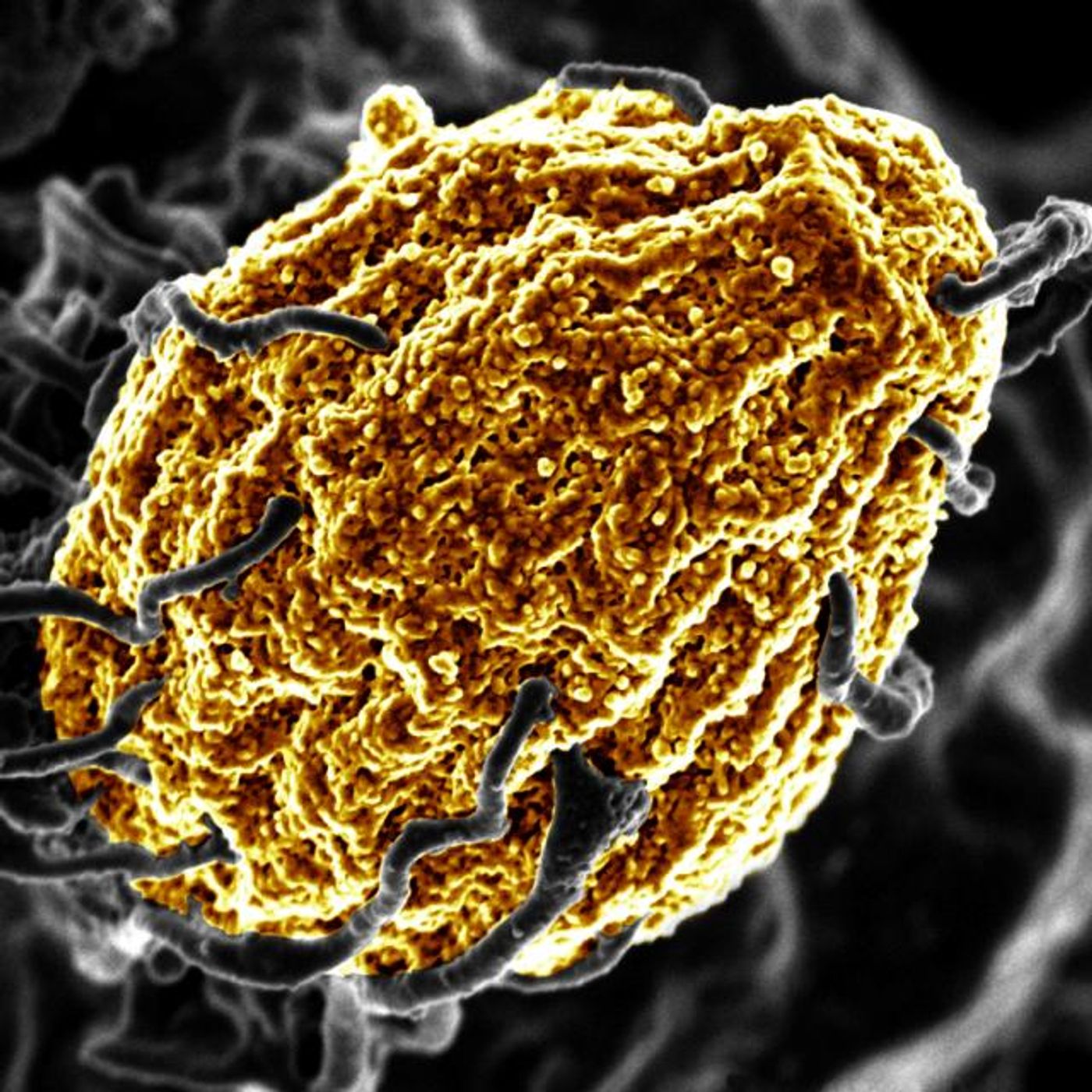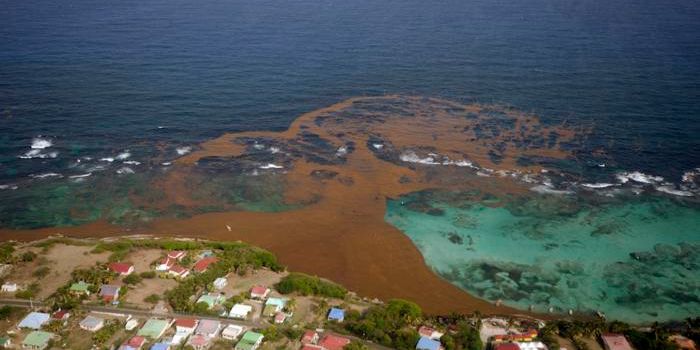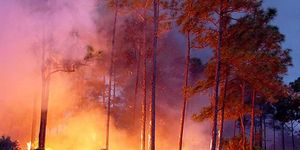More Evidence That Climate Change Can Make Fungi More Dangerous
While we are nowhere near a world like the fictional one presented in HBO's The Last of Us, which was devastated by a fungal disease, there have been notable increases in the rates of fungal diseases in recent years. Fungi don't cause nearly as many diseases as bacteria or viruses, partly because the human immune system is good at defeating them, and also because fungi don't usually grow well at warm mammalian body temperatures. But more and more cases of drug-resistant fungal infections are being described. There is also mounting evidence that climate change will make fungal infections a bigger public health threat as well. Fungal diseases are now thought to kill about 1.7 million people around the world every year.
Fungi are made of the same type of cells as humans - eukaryotic cells, which are also found in plants and animals. So it can be very difficult to develop drugs that specifically work against fungi, but won't harm humans. Treatment options for fungal infections are often limited, and a new study has revealed that warming climates could make pathogenic fungi even more drug resistant.
Reporting in Nature Microbiology, scientists have shown that rising global temperatures (due to climate change) could increase the threat posed by fungal diseases. The researchers identified a fungal pathogen in two Chinese patients that was resistant to two antifungal drugs. When this pathogen was isolated and exposed to higher temperatures, it quickly gained resistance to another drug. That made it basically untreatable, if it caused infection.
The report “supports the idea that global warming may contribute to the evolution of this fungal pathogen or other new fungal pathogens,” study co-author Linqi Wang of the Chinese Academy of Sciences told Science.
“This is a remarkable and truly unexpected finding, which bodes badly for the future,” commented David Denning, an infectious diseases researcher at the University of Manchester who did not participate in the study.
Fungal infections have also become more common since there are so many immunocompromised people who are HIV-positive, or are taking drugs that suppress the immune system, such as transplant patients or people with autoimmune diseases.
There are also a few totally new fungal infections that have only been identified in the past decade or so. The yeast Candida auris was first identifies in a Japanese patient in 2009, and it now affects people in at least 47 countries. Its origin is unknown, and lcimate change is thoguht be a primary factor. Some of these newly emerged fungal infections were already drug resistant when they came on the scene.
Another concern is that climate change, and warmer climates, will lead to fungi that are more tolerant of higher temperatures, and more adept at infecting people. This work has suggested that concern has merit.
The fungi that were isolated in this research is a yeast called Rhodosporidiobolus fluvialis. It was found in patient samples collected in 2013 and 2016, and was resistant to fluconazole and caspofungin, the two primary drugs that can eliminate deadly yeast infections in humans.
Immunocompromised mouse models were exposed to the fungal isolates, and while some mice got sick, the fungi changed. The researchers found that some fungi mutated to become more aggressive. Further work revealed that fungal cells that were growing at 37°C gained mutations 21 times faster than fungal cells growing at 25°C.
R. fluvialis that was exposed it to another antifungal drug called amphotericin B and grew at 37°C gained mutations much faster as well. “A new yeast pathogen which is antifungal resistant and is able to become increasingly resistant with higher temperatures, is remarkable,” added Denning.
If more fungi show this pattern it could be a serious concern, experts noted.
However, there is not yet enough evidence to determine whether R. fluvialis is an emerging threat, or if these patients were simply unlucky and were exposed and vulnerable.
Sources: Science, Nature Microbiology









